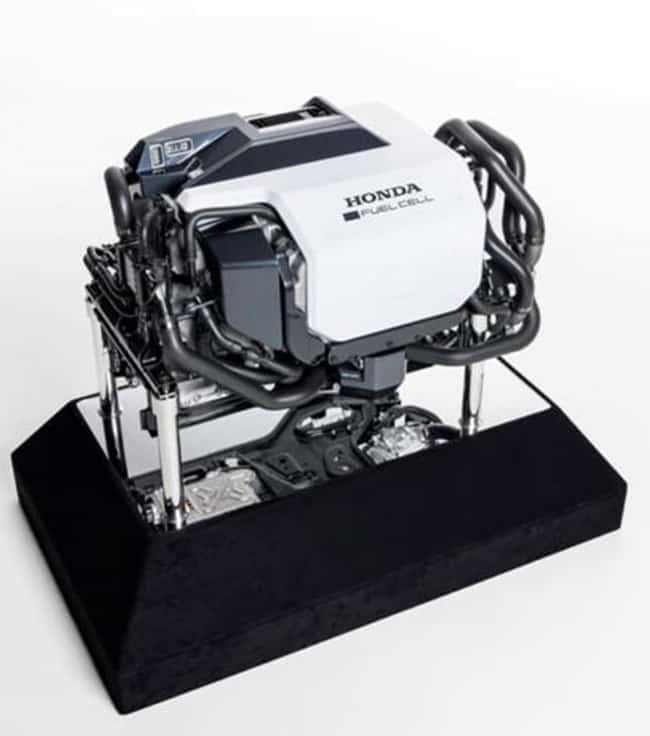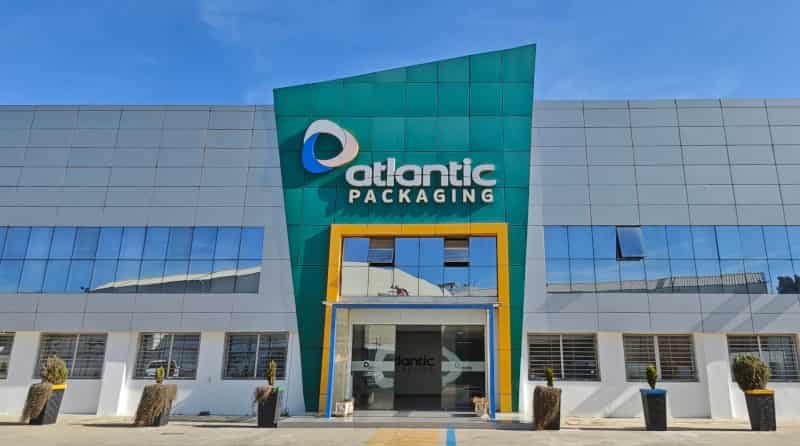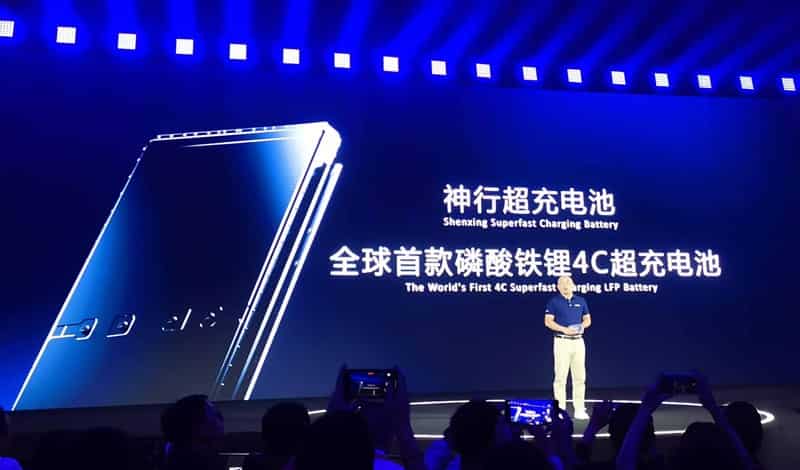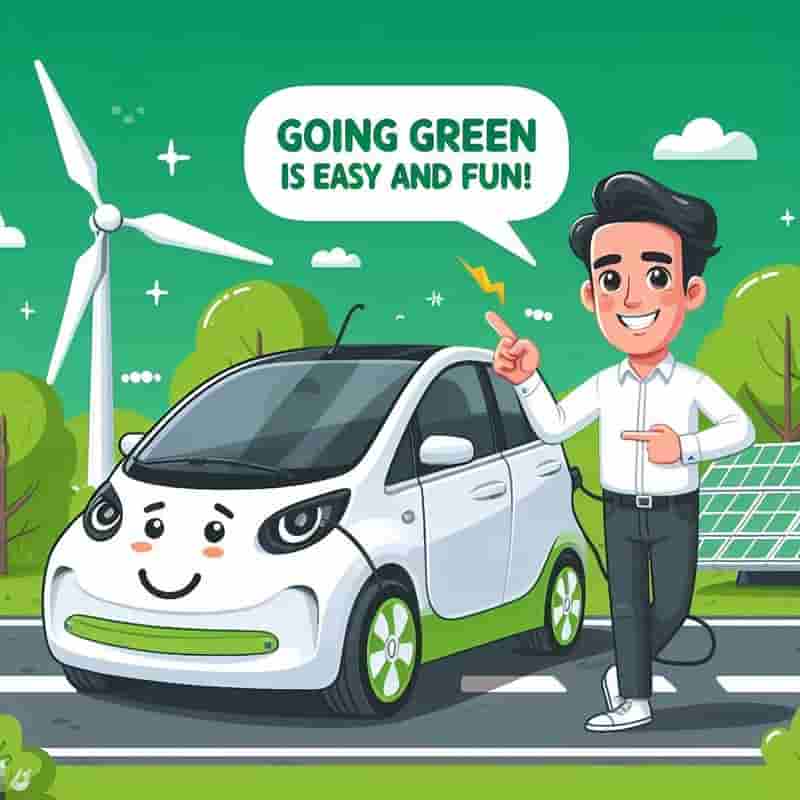Electric car
Crude Oil Prices Trend
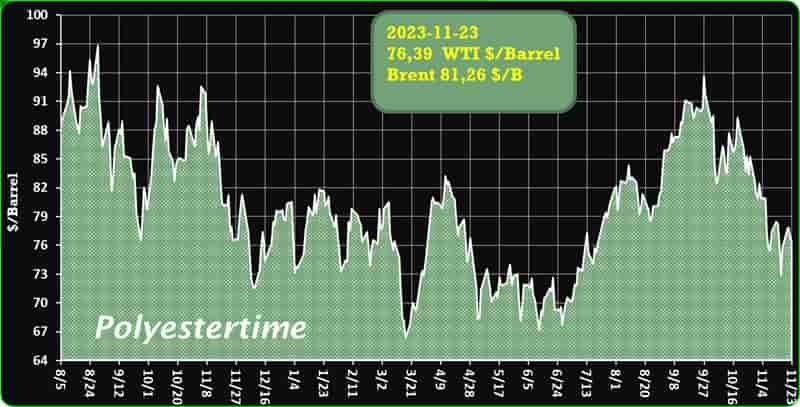
The next generation of sustainable antimicrobial technologies
Polymers and plastics are ubiquitous in our daily lives, and are used extensively in everything from construction materials and synthetic textiles to medical devices and product packaging. As a result, these materials are frequently exposed to microorganisms, which can accumulate on product surfaces and lead to odours, staining and degradation. Unfortunately, this can result in premature disposal of these items into landfill, significantly increasing their carbon footprint, while generating substantial waste and contributing to a loss of revenue. Antimicrobial additives are a viable solution to this problem, offering long-lasting antimicrobial protection to a wide range of products to prevent microbial damage and reduce waste. Electric car
The damaging effects of microbes
Microorganisms – such as bacteria, fungi and algae – are tiny lifeforms that exist all around us in vast quantities. They play a critical role in maintaining various ecosystems, by breaking down organic matter for conversion to new food and energy sources, and are also important in maintaining the microbiota within the human body. However, microbes can cause irreversible damage to many man-made products, leading to premature disposal or costly repairs.
Polymers like plastics, rubber and synthetic textiles are particularly susceptible to the metabolic activities of microorganisms. The enzymes and acids released by microbes can break down these substrates, causing discoloration, malodour and decay, and leading to structural and functional damage.1,2 For example, mould can build up and take root within the porous structure of polymer-based caulk used to seal bathroom tiles, leading to recurring aesthetic issues. Electric car
Frequent cleaning and scrubbing with strong chemicals – such as bleach – can, in turn, prematurely degrade the caulk. In addition, microbe-related damage to these products can also make them unsuitable for repurposing or recycling. Without the protection of antimicrobials, microbes can reduce the lifespan of the materials used to tile bathroom surfaces, and they can quickly end up in landfill.
More…
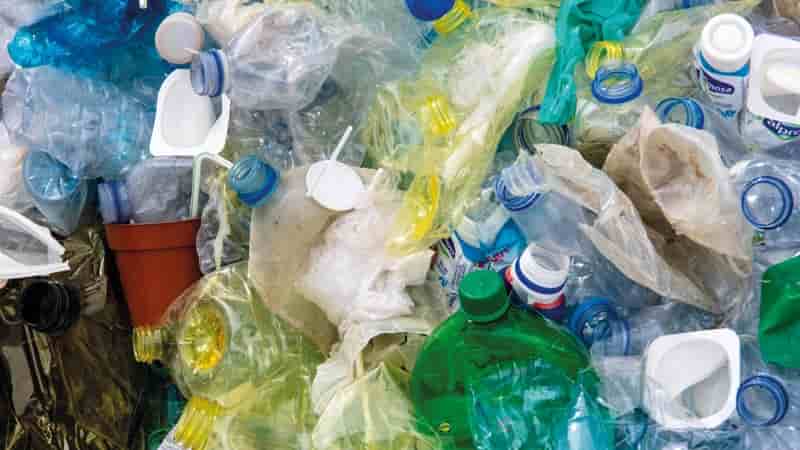
Chemical Recycling: The Future of Plastic Recycling in Europe
Europe’s journey towards environmental sustainability is taking a significant turn with the advancement of chemical recycling technologies. A recent study reveals that chemical recycling could contribute up to 34% to the continent’s plastic recycling efforts. This innovation, alongside mechanical recycling, is projected to elevate the overall plastic recycling rate to an impressive 80% by 2030.
The study, utilizing material flow analysis (MFA), focuses on the quantitative impact of chemical recycling technologies on Europe’s plastic waste management. It analyzes various scenarios, including the current state and potential future developments. The research points to a mix of recycling methods—mechanical and chemical—as the key to achieving higher recycling rates. This holistic approach is critical in tackling the growing plastic waste challenge. Electric car
Chemical Recycling Technologies: A Game Changer
Chemical recycling involves sophisticated processes like pyrolysis coupled with distillation and hydrotreatment, as well as gasification combined with Fischer-Tropsch Synthesis. These technologies are pivotal in converting plastic waste into valuable resources, thus playing a crucial role in circular economy efforts.
Chemical recycling, together with mechanical and physical recycling processes scale-up, is vital for EU’s strategic autonomy as waste will be a valuable resource in a circular society we are building now. This is helping the plastics/chemical industry to reduce the dependance on fossil raw materials and associated carbon emissions at the end of use.
Annick Meerschman, Director Innovation in Cefic Electric car
According to the European Commission, chemical recycling should be promoted as an additional method for processing waste that is not suitable for mechanical recycling, especially if it results in a lower environmental impact compared to incineration and the production of new plastic.
The study mentioned here does just that, highlighting the promising solution that is chemical recycling and providing evidence toward how it can significantly increase the efficacy of plastic waste management.
The European Scenario and Future Prospects
Europe’s current plastic recycling rate is alarmingly low, prompting an urgent need for advancements in recycling technology. Electric car
The study conducted at a European level uses material flow analysis modeling to provide estimates of chemical recycling’s contribution to enhancing plastic circularity. It models a status quo for 2018 and compares it with potential future scenarios for 2030, considering developments in both mechanical and chemical recycling technologies.
More...
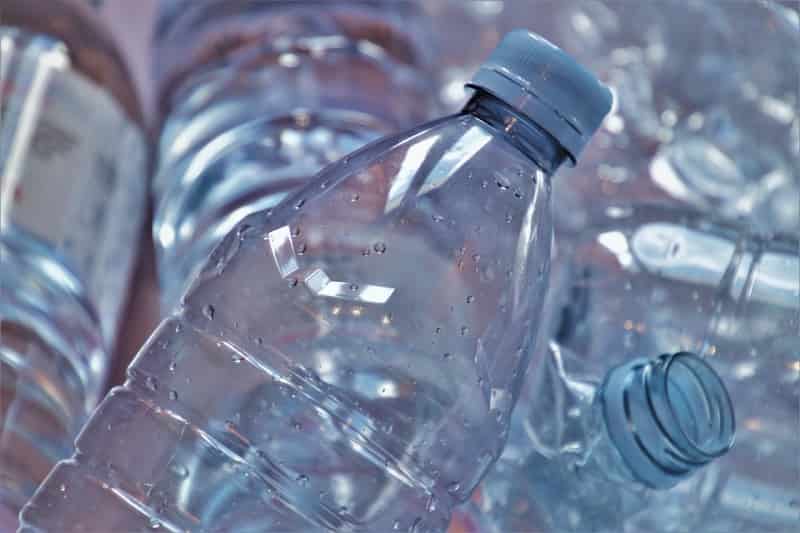
Researchers describe a more sustainable process to recycle biobased polycarbonates
ICIQ researchers describe a more sustainable process to recycle biobased polycarbonates. Credit: ICIQ
A month ago, the European Union banned glitter. This action was part of an effort that aims to reduce the presence of microplastics in our environment by 30%. Waste plastics are a serious problem for our ecosystems, and the push for recycling plastics, in general, has gained significant attention as a potential solution.
“Circular processes for plastics represent ways to recycle chemical feedstock ideally over and over again, thereby greatly contributing to sustainability, avoiding unnecessary plastic waste accumulation and possible formation of microplastics in our eco-systems,” explains Prof. Arjan W. Kleij, Group Leader at the Institute of Chemical Research of Catalonia (ICIQ-CERCA). Electric car
All plastics are mainly made from polymers, macromolecules assembled by the union of many small molecules called monomers. Like a construction game, the ideal plastic recycling process would be the controlled degradation of these polymers into smaller products and the repolymerization of them into functional plastics.
Researchers from ICIQ now describe a circular process to depolymerize and repolymerize polycarbonates, a group of plastics often used in medical applications as surgical instruments, in building and construction as an alternative for glass, and in the automobile industry to enhance vehicle efficiency by reducing weight.
The study, led by group leaders Prof. Arjan W. Kleij and Prof. Carles Bo, in collaboration with Dr. Fernando Bravo, manager of the Knowledge and Technology Transfer (KTT) department, focuses on the use of TBD (triazabicyclodecene), a multi-task catalyst, to promote this circular process for a biobased polycarbonate. Electric car
“The cycle of polycarbonate generation, degradation towards a cyclic carbonate monomer, and re-polymerization to regenerate the polycarbonate using the same catalyst both in the degradation and in the recycling can contribute to a more sustainable circular economy, in which fewer chemicals are involved,” indicates Dr. Fernando Bravo.
The biobased polymer used in this study is formed by monomers of limonene and carbon dioxide, with the former compound extracted from the peel of citrus fruits and available in large amounts from the food industry. Poly(limonene carbonate), shortened to PLC, has an extremely low biodegradability, but chemical degradation, like the catalytic approach presented in this collaboration, can accelerate the degradation process, making it a potentially attractive process for commercial exploitation.
This summer, ICIQ presented a patent for the use of the limonene polycarbonate for adhesive and coating applications as an alternative for oil-based materials. This polymer development is now further complemented by the present discovery, demonstrating the potential of PLC as a circular material to generate plastics that can be easily recycled under practical conditions. Electric car
More…
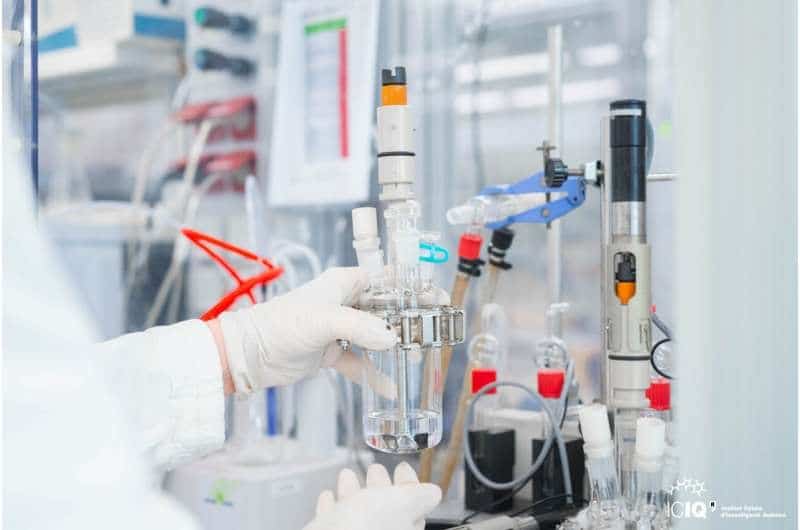
Honda is intensifying its commitment to hydrogen technology, unveiling a groundbreaking fuel cell engine concept set to debut at Hydrogen Week 2023
The company’s dedication to achieving global carbon neutrality by 2050 across all operational divisions is underscored by this innovation, displayed at the Brussels Expo from November 20 to 23. This compact and potent hydrogen engine module, designed for durability and versatility, is poised to revolutionize fuel cell electric vehicles (FCEVs) and find applications in commercial, construction machinery, and stationary power generation.
The prototype reflects Honda’s eagerness to collaborate with commercial and technology partners, urging potential associates to explore possibilities at stand I90 in Hall 7 during European Hydrogen Week. Building on existing collaborations, Honda supports various companies in the development of products within defined application areas, fostering the integration of fuel cell systems into diverse development programs. The company aims to commence commercial sales of fuel cell systems by 2025. Electric car
Ingo Nyhues, Deputy General Manager, European Business Planning & Development at Honda Motor Europe, emphasized the company’s confidence in the imminent surge in demand for hydrogen technology, with over 30 years of experience in hydrogen cell development. The new fuel cell prototype is characterized by versatility, compactness, powerful output, durability, and quick start-up times, making it an ideal solution for sectors transitioning to zero-emission energy sources.
Identifying four key areas for its fuel cell system deployment, Honda focuses on fuel cell electric vehicles (FCEVs) and heavy commercial vehicles, with plans to introduce the new CR-V FCEV model in North America and Japan by 2024. The company is also investing in clean, low-noise, and low-vibration fuel cell solutions for heavy-duty commercial vehicles. Honda’s collaboration with Isuzu Motors in developing a heavy-duty vehicle with a next-generation fuel cell system underscores its commitment to sustainable propulsion technologies. Electric car
Stationary power generation is another arena where Honda aims to apply its fuel cell technology, catering to the increased power requirements of data centers and the growing demand for backup power sources. Additionally, the company is set to collaborate with the construction industry, leveraging its fuel cell systems in excavators and wheel loaders to contribute to the development of zero-emission construction machinery.
Honda’s legacy in hydrogen technology spans over three decades, with significant milestones such as the Honda FCX in 2002 and the Clarity Fuel Cell sedan in 2016.
Beyond products, Honda R&D Europe has established a green hydrogen production plant in Germany, utilizing excess solar energy to produce green hydrogen through electrolysis, further expanding the scope of applications in the energy management sector.
